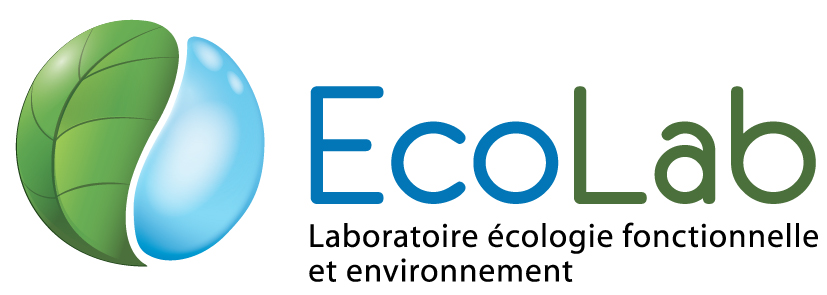A mass budget and box model of global plastics cycling, degradation and dispersal in the land-ocean-atmosphere system
Résumé
Since 1950 humans have introduced 8300 teragrams (Tg, 10 12 g, millions of metric tons) of plastic polymers into the Earth’s surface environment. Accounting for the dispersal and fate of produced plastics and fragmented microplastics in the environment has been challenging. Recent studies have fueled debate on the global river budget for plastic transport to oceans, the sinking and beaching of marine plastics and the emission and deposition of atmospheric microplastics. Here we define a global plastics cycle and budget, and develop a box model of plastics cycling, including the fragmentation and transport of large and small microplastics (LMP, SMP) within coupled terrestrial, oceanic and atmospheric reservoirs. We force the model with historical plastics production and waste data, and explore how macroplastics, LMP and SMP propagate through the reservoirs from 1950 to 2015 and beyond. We find that considerable amounts of plastics reside most likely in the deep ocean (82 Tg), in shelf sediments (116 Tg), on beaches (1.8 Tg) and, as a result of marine emissions, in the remote terrestrial surface pool (28 Tg). Business as usual or maximum feasible reduction and discard scenarios show similar, 4-fold increases in atmospheric and aquatic ecosystem SMP exposure by 2050, because future plastics mobilization is controlled by releases from the large terrestrial discarded plastics reservoir (3500 Tg). Zero-release from 2025 onwards illustrates recovery of P and LMP reservoirs on centennial time scales, while SMP continue to cycle in air, soil, and surface ocean for millennia. Limiting dramatic future dispersal of plastics requires, in addition to reducing use and waste, remediation of the large terrestrial legacy plastics pool.
Domaines
Ecologie, Environnement
Origine : Fichiers éditeurs autorisés sur une archive ouverte
licence : CC BY - Paternité
licence : CC BY - Paternité



